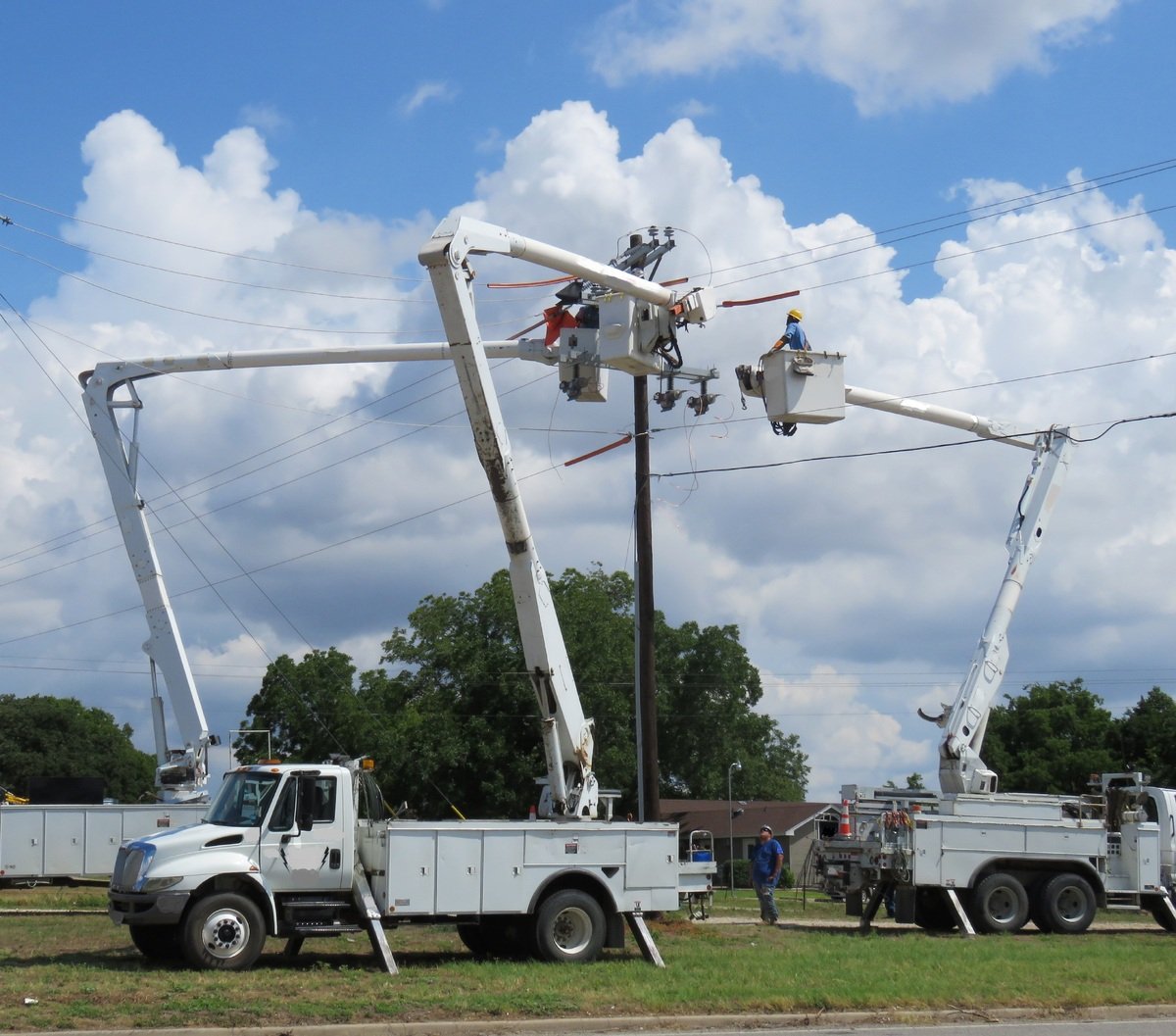During the COVID pandemic, full fiber networks are playing a critical role in helping to keep our global economy running. Workers relied more on their home internet connections. As a consequence data consumption rose dramatically as did the need for fast connections. Governments across the globe have responded to this growing demand by investing in infrastructure to build a digital society.
Fiber is booming
In the U.S, a $1 trillion infrastructure bill is being brought in, of which $65 billion will be allocated to updating the nation’s broadband services, and in Europe, forecasts from the FTTH Council Europe indicate that by 2026, there will be 197 million FTTH subscribers and 302 million homes passed for the entire region. This is a huge opportunity for our industry, and it creates jobs for both skilled and unskilled labor. This is welcoming news for local economies who may have seen rising unemployment rates because of the impact the pandemic had on local businesses.
However, this unprecedented growth doesn’t come without its challenges. The biggest challenge that we now face is ensuring supply can keep pace with the demand for materials and labor. The latest report from the FTTH Council noted that the availability of skilled labor to build out new fiber networks is beginning to be felt in late 2020. The skills shortage will be more pronounced in 2021 and 2022 as the growth of fiber skyrockets. Let’s talk about what this means concretely.

Skills shortage is across the entire fiber broadband industry
One industry where we're seeing a serious skills shortage is construction. The U.S are finding various ways to address this challenge, for example by employing pre-connected plug and play fiber solutions. Obviously, investment needs to go into training a labor force, which is a great opportunity for local economies, and these skills will be in high demand for many years to come. There is also a case for automation for the construction portion of the rollout. There are many companies that have tools on the market that help make deployment more efficient and make the best use of the labor that’s available.
But the skills shortage doesn’t just stop with construction. There is also a shortage of fiber network designers across the globe. It can take years of training and experience before a designer can independently produce network plans that are high quality. It is possible to hire more junior designers, but with tight turnaround times, the risk of outputting lower quality designs rises. The lower the quality, the greater the costs on the construction side are, as mistakes are inevitable. However, we simply don't have enough designers in the industry to keep pace with the demand we're seeing. So, it’s important to make efficient use of highly skilled people and support them with the right tools and use automation to help them in their work using automation and strategic partners when necessary.
Automation tools for fiber deployment to address the skills shortage
We’ll take our customer Proximus as an example. Proximus wanted to create an FTTH network design for 4.2 million homes across Belgium and needed to do this as quickly as possible to reach their targets. They obviously didn't want to compromise on quality so looked for ways to support their existing team. They decided to use Comsof Fiber to support their highly skilled design team to produce network designs quickly.
By using automation it took the Proximus design team of 4 people, 1 year to create a fiber network design for 1 million homes.
Their ambitions to accelerate the rollout grew, so they have brought in IQGeo partner Yungo to help them produce high-quality network designs in a short amount of time. The speed at which they produced a design is astonishing, but on top of this, they also kept their project within the bounds of their forecasted budget. We delve into detail on how Proximus rolled out FTTH to 2 million homes using Comsof Fiber on our customer story page.
It’s beyond question whether fiber is our future, but what is in question is how this will come into practice. However, it is necessary to support the current skilled workforce with automation leveraging tools like Comsof Fiber and strategic partnerships to meet ambitious targets for FTTH rollouts.
Learn more about IQGeo customer success stories.

SVP of EMEA at IQGeo
Similar articles:

 Previous
Previous







